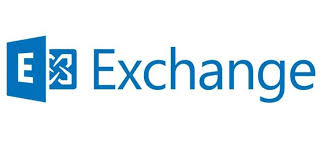Set Office 365 Out Of Office Messages using PowerShell Connect to Office 365 PSSession using a script a created to simplify the connection :Connect-Office365-PSSession
|
|
#This Script was created to assist HelpDesk staff to configure Out Of Office Messages for Staff #Twitter: Shaun.Hardneck #Web: http://thatlazyadmin.com $user = Read-Host "UserName" $sdate = Read-Host "Example of Date "7/10/2015 08:00:00" " $edate = Read-Host "Example of Date "7/10/2015 08:00:00" " $msg = Read-Host "Type Internal and External Auto-Reply Message." Set-MailboxAutoReplyConfiguration -Identity $user -AutoReplyState Enabled -InternalMessage $msg -ExternalMessage $msg |
Images when script is executed Very simple and straight forward script to quickly and easily set OOF messages. TechNet Script can be downloaded here :SetO365OOF #ThatLazyAdmin








